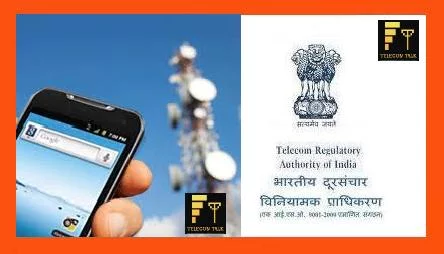One of the factors that plays a role in determining the voice calling tariffs offered by telecom operators is the interconnection charges paid by the operator on whose network the call originates to the operator on whose network it terminates.

The more the operator would have to pay as interconnection fee, the higher it would charge the end user in the form of call tariff. Telecom regulatory authority of India has yesterday amended the interconnection charges for both landline and mobile telephony. Previously the interconnection charge paid by one operator to another was 20 paise which is now reduced to 14 paise which translates to a 30% reduction. Also in a move to revive the falling consumption and popularity of landline phones, TRAI has cancelled all interconnection charges for calls originating from or terminating on landlines, this was previously 20 paise.
| Type of call | Initial interconnection charge | Revised interconnection charge |
| Cellular to cellular | 20 paise | 14 paise |
| Cellular to landline | 20 paise | zero |
| Landline to cellular | 20 paise | zero |
| Landline to landline | 20 paise | zero |
TRAI believes as the demand for high-speed internet is rising and people prefer wireless broadband networks, it causes congestion of those networks due to limited spectrum. Landline is better equipped to handle this higher load and thus needs to be promoted by means such as reducing the calling tariffs which will be achieved by cancelling the interconnection charges paid by them. TRAI believes the revival of fixed lines will complement the Modi government’s flagship programme ‘Digital India’.
As for the cellular operators this will bring greater joy to the smaller and regional operators like Uninor, Videocon, MTS who end up paying more interconnection charges to the pan-India operators with larger subscriber base than they get back from them. It will help Uninor continue with its ‘sabse sasta’ campaign. But with the upcoming spectrum auctions and the incumbents having to shell out huge sums of money in buying fresh spectrum, it is unclear if the benefit will actually be passed on to the end-users in the form of reduced call rates.
TT perspective:
We believe that we could see a reduction in call tariffs by operators like Videocon and MTS which are not participating in the upcoming auctions and do not have an increased expenditure on spectrum renewals, so as to strengthen the share of the price sensitive market. Pan India incumbents may use this to neutralise the expenses born in the auctions and manage to keep the call tariffs constant post auctions till the launch strategy of Reliance Jio becomes clear. Landline operators like MTNL and BSNL will release new and attractive monthly rental plans with higher free usage minutes.
Will the new tariffs lure you to go back to using your landline more, or will you stick to using your mobile phones? Let us know your opinion through your comments.















